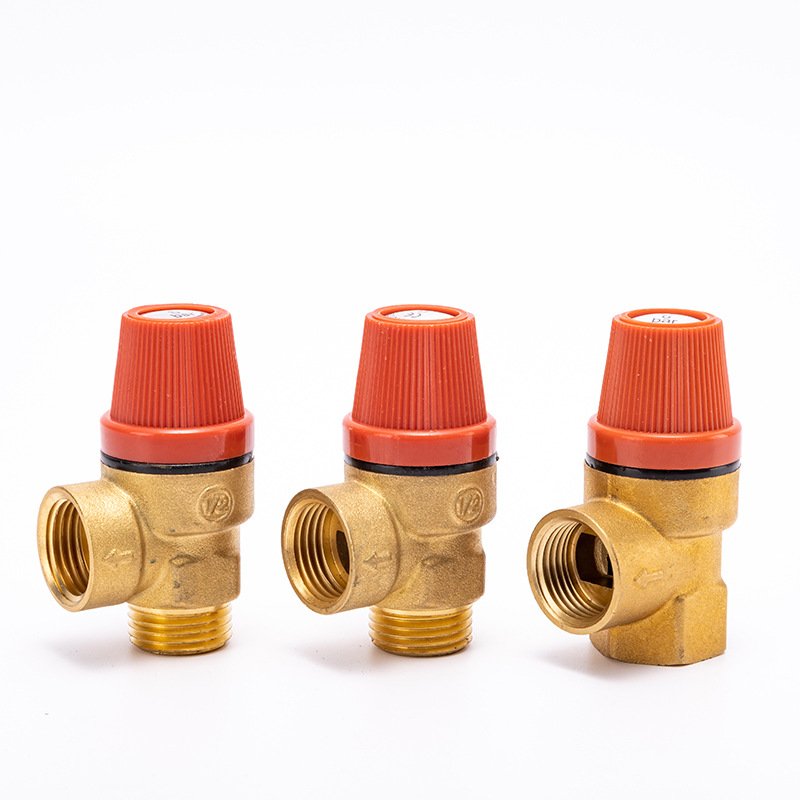Buying valves for your projects can be stressful—poorly tested valves might leak, fail, or even cause system breakdowns. These issues can lead to costly repairs, project delays, or safety hazards. The solution? Understanding the valve testing procedure ensures you choose reliable, high-quality products like those from IVALVECRAFT. Read on to learn how proper testing guarantees performance and peace of mind for your plumbing needs.
The valve testing procedure involves inspecting and evaluating valves to ensure they meet performance and safety standards. This includes pressure tests, leak tests, and functional checks to verify durability, flow rate, and reliability under operating conditions. For example, boiler pressure relief valves, like a boiler relief valve 30 psi or 50 psi, undergo rigorous testing to confirm safe operation.
Curious about the details of valve testing? Let’s dive deeper into why it matters, how often it’s done, and what specific tests, like PSV testing, ensure your valves perform flawlessly.

How Often Do Safety Valves Need to Be Tested?
Safety valves, like boiler pressure relief valves, are critical for protecting systems from overpressure. But how often should you test them? The answer depends on the valve type, application, and local regulations. For instance, a boiler relief valve 30 psi or a boiler relief valve 50 psi typically needs testing annually to ensure it functions correctly. In high-demand environments, like industrial heating systems, more frequent checks—every six months—might be necessary.
Testing frequency also hinges on usage. Heavy-use systems, such as those in construction projects or large-scale plumbing, require regular inspections to prevent failures. A boiler pressure relief valve discharge pipe, for example, should be checked for blockages during testing to avoid dangerous pressure buildup. Neglecting tests can lead to costly issues, like boiler relief valve replacement or system downtime. At IVALVECRAFT, our brass safety valves are built for durability, but we still recommend routine testing to maintain performance. Following industry standards and consulting with your valve supplier ensures compliance and safety.
What is PSV Testing?
PSV, or pressure safety valve, testing is a specialized process to verify that valves, like boiler pressure valves, can release excess pressure safely. This is crucial for systems like boilers or manifolds, where overpressure can cause explosions or equipment damage. PSV testing typically involves simulating high-pressure conditions to check if the valve opens at the set pressure, such as 30 psi or 50 psi for a boiler relief valve.
The process starts with a visual inspection of the valve and its components, like the boiler pressure relief valve discharge pipe, to spot wear or corrosion. Then, technicians perform a bench test, applying controlled pressure to confirm the valve’s set point and resealing ability. For example, boiler pressure reducing valve troubleshooting often includes PSV testing to diagnose leaks or improper pressure release. At IVALVECRAFT, our thermostatic mixing valves and brass safety valves undergo strict PSV testing to meet export standards for markets like Russia and Germany. Regular PSV testing ensures your system stays safe and efficient, avoiding costly repairs or replacements.
How to Select PSV for Hydrotest?
Choosing the right pressure safety valve (PSV) for a hydrotest is critical to ensure system integrity. A hydrotest involves filling a system with water and pressurizing it to check for leaks or weaknesses. The PSV must handle the test pressure without failing. For instance, a boiler pressure relief valve location must be considered to ensure it’s accessible and effective during testing.
Start by checking the system’s maximum allowable working pressure (MAWP). Select a PSV with a set pressure slightly above this, like a boiler relief valve 50 psi for a 45 psi system. Material matters too—brass safety valves from IVALVECRAFT are ideal for their corrosion resistance and durability. Also, ensure the valve’s flow rate matches your system’s needs to avoid bottlenecks. For example, our manifolds and mixing pump heating centers are designed for sufficient flow rate, making them reliable for hydrotesting. Finally, verify that the boiler pressure relief valve discharge pipe is properly sized to handle water discharge safely. Consulting with your supplier ensures you pick the right PSV for your hydrotest.
Summary
Valve testing is the backbone of ensuring safe, reliable plumbing systems. From annual safety valve checks to specialized PSV testing, each step confirms that your valves—like boiler pressure relief valves or brass thermostatic radiator valves—perform under pressure. Selecting the right PSV for hydrotests further guarantees system integrity. By understanding these procedures, you can avoid costly failures and keep your projects running smoothly. IVALVECRAFT’s high-quality valves, tested to meet global standards, are trusted in markets like Poland, the UK, and Romania. For purchasing officers, wholesalers, or construction procurement teams, partnering with us means confidence in every valve.
Choose IVALVECRAFT, choose reliable partner, enjoy the high quality and best service.


